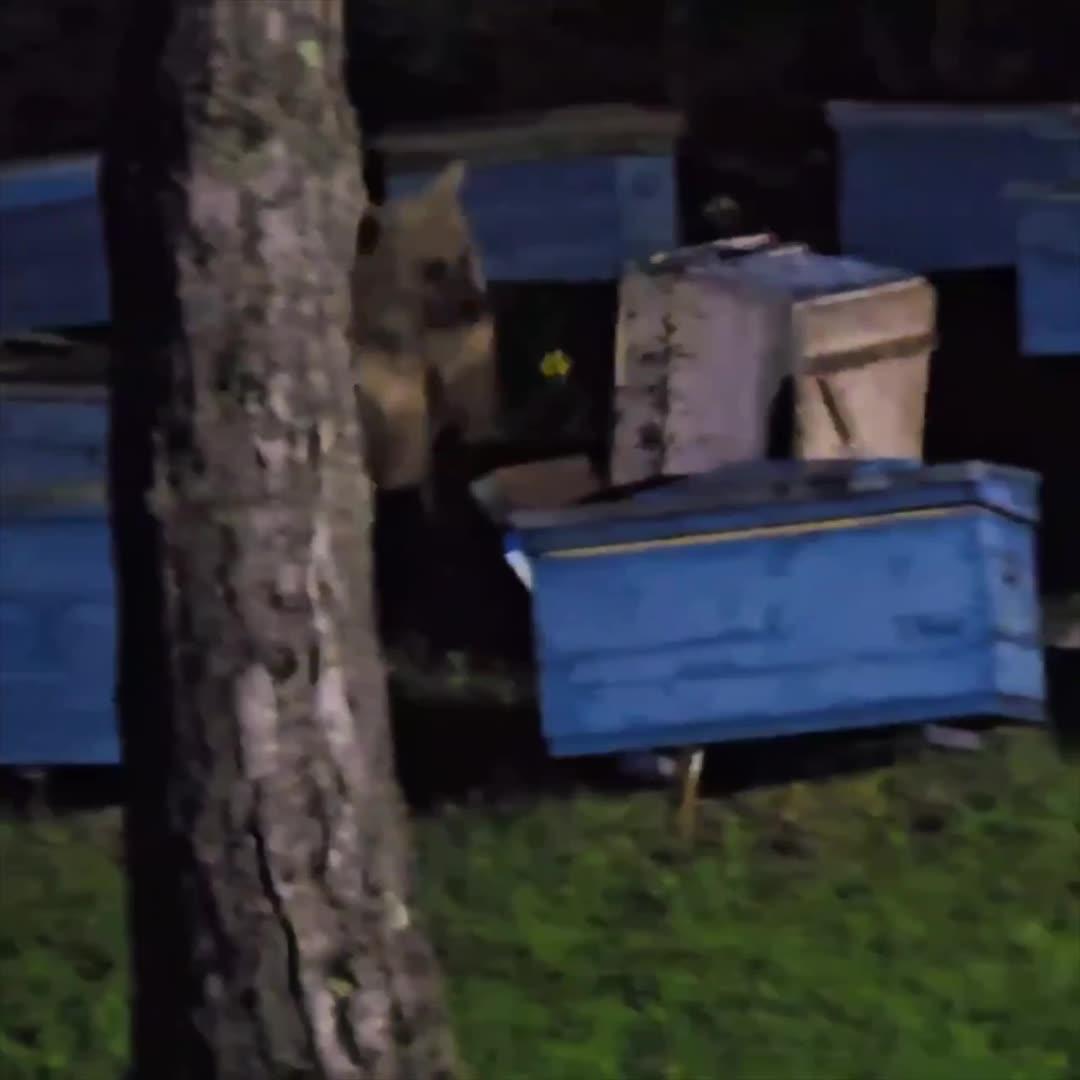
В Китае появился необычный тренд в сфере pet-friendly бизнеса! Владельцы кафе с животными предлагают хозяевам котов и собак необычную возможность - отправить своих питомцев на "работу". • Как это работает на практике: • Животные проводят день в специально оборудованном кафе • Общаются с другими питомцами и посетителями • Получают профессиональный уход и питание • Находятся под постоянным присмотром персонала • Преимущества такой системы: • Питомцы не страдают от одиночества • Владельцы не переживают за животных во время работы • Хозяева получают бесплатные обеды в кафе • Животные социализируются и развиваются ® Интересные факты: • Многие кафе имеют ветеринара-консультанта • Проводится тщательный отбор животных-"сотрудников" • Некоторые питомцы становятся настоящими звездами соцсетей • Подобные заведения помогают найти дом бездомным животным #петбизнес #котокафе #домашниепитомцы #необычныйбизнес #животные #инновации #социализация #петфрендли #заботаоживотных #китайскиеинновации #городск
Post: 29 November 21:15















































